
Clash of titans: Is OPEC+ deal nearing its end?
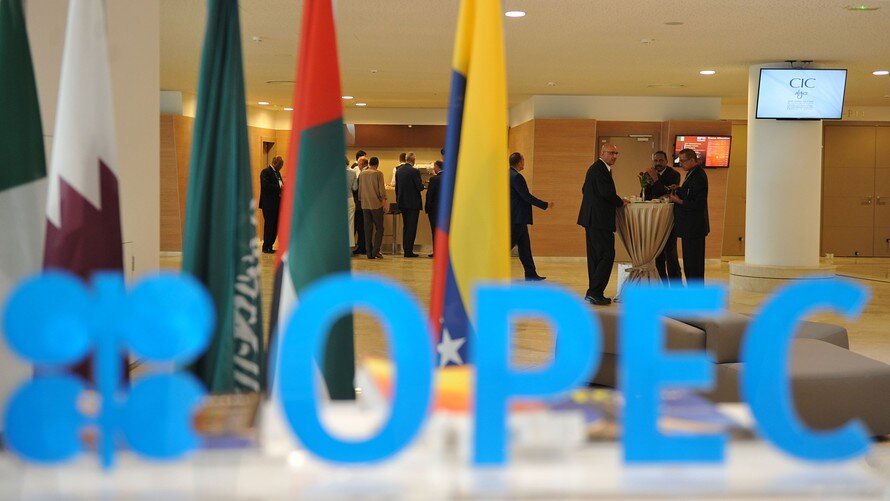
Organization of the Petroleum Exporting Countries and its allies including Russia (known as OPEC+) are going to gather in Vienna during December 5-6 for the 177th Meeting of the OPEC Conference and the 7th OPEC and non-OPEC Ministerial Meeting, to discuss the oil market and reach a decision regarding the next step for the OPEC+ cuts deal.
Many experts and analysts expect OPEC+ to decide on extending the current pact rather than deepening the cuts, however contrasting signals from the groups’ two major policy-makers indicate that the situation doesn’t seem to be unwinding toward such a decision.
Saudi Arabia and Aramco IPO
After two years of postponing and speculation, Saudi Arabia has finally announced that the kingdom is going to officially offer 1.5 percent of its oil-giant’s stakes on December 5, allowing institutional investors to submit their initial offers. Interestingly, Aramco’s initial public offering (IPO) is concurrent with the 177th gathering of OPEC.
For years, the Saudis have been announcing that they will sell about five percent of Aramco's stock in foreign and domestic stock exchanges; and since they valued the company at $2 trillion, it was estimated that Saudi Arabia would make $100 billion on its initial offering, and will use the proceeds to build on the foundations of the crown prince’s 2030 vision for an oil-free economy.
However, in spite of the many years of advertising and effort, Aramco's IPO didn’t receive the attention and praise that the kingdom expected. Therefore, they reduced the IPO to 1.5 percent and it seems that they have even abandoned their dreams of attracting large-cap funds from foreign exchanges, at least for the time being.
So, Aramco's initial offering is going to be only in their domestic stock exchange, and the IPO is likely to only generate over $25 billion in revenue for Saudi Arabia.
So far, Kuwait and the United Arab Emirates are the only foreign countries that are ready to participate in Aramco’s IPO, and there are no major investors from Europe or the United States.
With all that said, and considering the fact that after holding the IPO Saudis would not need high oil prices in the short-run, it seems that the kingdom is no longer eager for shouldering other OPEC+ members’ delinquencies regarding the oil production cuts.
Preparing for the IPO in the past year, Saudi Arabia turned a blind eye to the OPEC+ group members’ violations from the agreed production levels by major producers like Russia and Iraq and shouldered the burden by cutting its own output more than agreed to offset the over-production.
However, new signals are emerging which indicate that the kingdom is no longer willing to undermine its production for the sake of higher oil prices.
Last week, Bloomberg reported that Prince Abdulaziz bin Salman, Saudi’s new oil minister who replaced Khalid Al-Falih in September, is not going to follow his predecessor’s footsteps and is expected to voice the kingdom’s intolerance regarding the violation of the cuts deal.
Russia and the OPEC+
It has been more or less three years since Russia and some other oil producers joined hands with the 14-member OPEC to balance the oversupplied oil market and prevent the oil prices from further fall which was costing their economies a great deal.
Russia, as one of the world’s top oil producers and exporters, has been consistently voicing its support for a deal reached between OPEC and non-OPEC allies for volunteer production cuts to support the oil prices, however statistics show that the country itself hasn’t been doing much in this regard.
According to Bloomberg, Russia’s shipping data for 2019 indicates that the second pillar of the OPEC+ deal has conformed to the agreed production levels only for three months, namely May, June and July and even the production cuts in those three months doesn’t seem to be voluntarily since it was during the disruption of the key Druzhba oil pipeline.
Other signatories of the deal haven’t been much helpful in this regard, Iraq, for example, was supposed to pump about 4.51 million barrels per day (bpd), but has produced on average about 4.8 million bpd. Kazakhstan accepted a 1.86-million-bpd limit, however it has produced close to 1.95 million barrels of oil and finally Nigeria agreed to a quota of 1.68 million bpd, but has regularly pumped more than 1.8 million.
These constant violations have clearly pushed the Saudis to their limit, and now with the Aramco IPO going to be no longer a motive for Saudi to offset the excess production by OPEC+ members, Russia seems to be rethinking the worth of remaining in the OPEC+ pact.
Russian officials have been recently showing some vague signals, indicating a possible abandoning of the OPEC+ deal.
Tass news agency recently quoted Russia’s oil minister as saying that his country favors postponing any decision-making regarding the new supply caps until April, which is the pact’s due.
The discrepancy between the views of OPEC+ titans has prompted some experts to speculate on the possibility of a breakup of the cuts deal; a speculation which seriously affected the oil market in the end of this month trades.
On Friday, which was the last day of November trades, U.S. crude oil fell by nearly $3, or 5 percent, to about $55 a barrel. Brent crude also experienced a $2.8 or 4.4 percent drop and returned to the $50 range.
Considering the oil markets current status, it seems that we are going to witness a very tense OPEC+ gathering in Vienna this week. One can only wait to see how the situation is going to unwind.
However, the most expected outcome would be that Russia and Saudi Arabia will agree to extend the pact for another few months to buy time in order to assess the market’s situation in the New Year and then decide how to proceed.


Column: EU’s pledge for $250 billion of US energy imports is delusional

Anglo American posts $1.9B loss, cuts dividend

BHP, Vale accused of ‘cheating’ UK law firm out of $1.7 billion in fees

Ramaco Resources secures five year permit for Brook rare earth mine in Wyoming
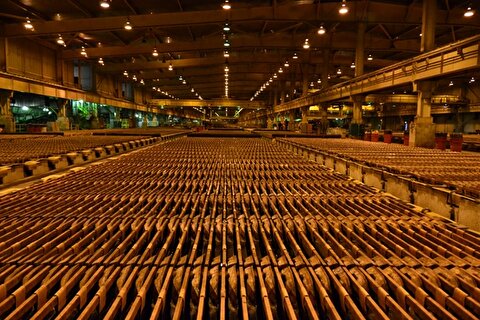
Southern Copper expects turmoil from US-China trade war to hit copper

Trump tariff surprise triggers implosion of massive copper trade
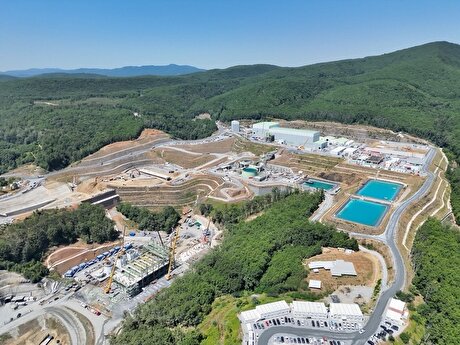
Eldorado to kick off $1B Skouries mine production in early 2026

St Augustine PFS confirms ‘world-class’ potential of Kingking project with $4.2B value

Newmont nets $100M payment related Akyem mine sale

Caterpillar sees US tariff hit of up to $1.5 billion this year
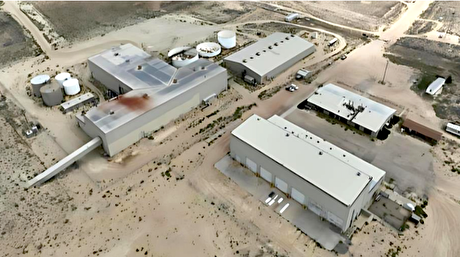
Uranium Energy’s Sweetwater plant on fast track for in-situ mining approval
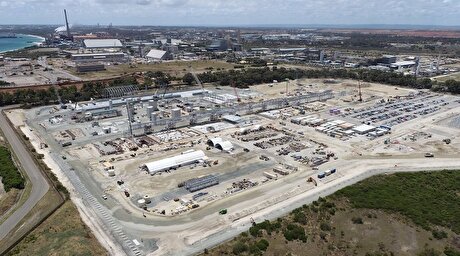
Tianqi Lithium Australia JV says it is prioritizing long-term viability of refinery

First Quantum scores $1B streaming deal with Royal Gold

One dead, five missing after collapse at Chile copper mine

Eldorado to kick off $1B Skouries mine production in early 2026

Newmont nets $100M payment related Akyem mine sale

Idaho Strategic rises on gold property acquisition from Hecla

Goldman told clients to go long copper a day before price plunge

Gold price rebounds nearly 2% on US payrolls data

Caterpillar sees US tariff hit of up to $1.5 billion this year

Uranium Energy’s Sweetwater plant on fast track for in-situ mining approval

Tianqi Lithium Australia JV says it is prioritizing long-term viability of refinery

First Quantum scores $1B streaming deal with Royal Gold

One dead, five missing after collapse at Chile copper mine

Eldorado to kick off $1B Skouries mine production in early 2026

Newmont nets $100M payment related Akyem mine sale

Idaho Strategic rises on gold property acquisition from Hecla

Goldman told clients to go long copper a day before price plunge














